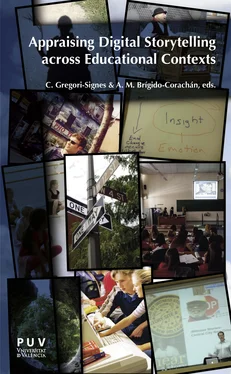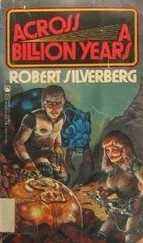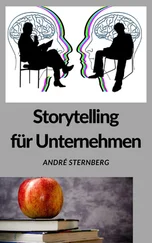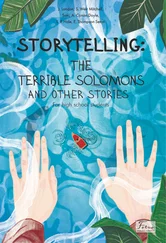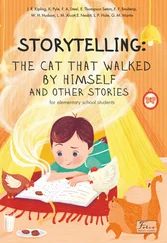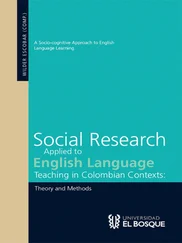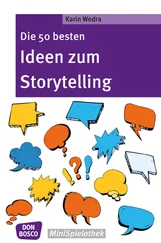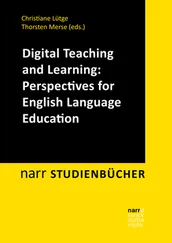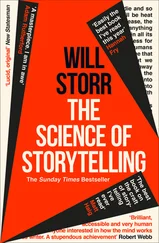As we have seen, digital storytelling practices used in any field of knowledge and experience always have a strong pedagogical component. Whether autobiographical, historical, or news-based, the act of telling a story necessarily implies the use of narrative, technology, and other forms of literacy as a vehicle for reflection and enlightenment. The remaining articles in this volume specifically explore such pedagogical components more in depth, that is, the implementation of digital storytelling in educational settings. As argued by Gregori-Signes and Pennock-Speck (2012: 1) “educational digital stories are school-focused, produced and developed within the school context and as part of the academic curriculum which engage in formal schooling applications of DS” from kindergarten to pre-service teaching. In these educational settings, as expressed by McWilliam (2009: 152), DS is often seen as an empowering tool at the academic and personal/social levels as it “build[s] media literacy, narrative development and self-presentation skills, but also means engaging students who might otherwise be struggling socially and/or intellectually.”
One of the pioneers in the implementation of digital storytelling in educational contexts is Dr. Bernard Robin, who in Robin and Mc-Neil (2012) explains how he introduced DS and how it has become a major focus in the University of Houston where “[f]aculty members and graduate students in the Laboratory for Innovative Technology in Education (LITE) teach courses, deliver workshops, conduct research, write articles and share presentations at conferences on the many different aspects of how digital storytelling can be used in educational settings.” Most of their resources can be found on the website Educational Uses of Digital Storytelling (< http://digitalstorytelling.coe.uh.edu>) that was “originally created in 2004 by one of the authors (Robin, 2006) with the primary goal of informing educators and students about how digital storytelling could be integrated into a variety of educational activities” (Robin and Mc-Neil, in this volume)
Robin and McNeil’s chapter offers an overview of the large-scale-DS projects that students created at the University of Houston and explain how they broadened their DS activities so that digital storytelling practices now also include the design and/or compilation of a wide spectrum of related pedagogical materials to supplement and reinforce each production. Projects described include: James Surls, The Hoaxes!, War Experience, and Invenciones de la Inventiva . For the authors, the term project implies that the digital stories are “only part of a larger set of educational resources”. The interactive, public outcomes of these projects are, among others, the development of a digital submission system that allows external visitors to share their own stories about World War II, or the creation of a repository of cross-disciplinary materials that can be used by teachers across educational levels.
Robin and McNeil also establish a series of factors that should be considered in the implementation of educational DS practices, and give advice on how to handle each step and facilitate the task for the students. Core steps to be followed are: 1) defining the main topic; 2) identifying its intended audience; 3) organising the story; 4) addressing the challenges faced during the process; and 5) assessing student competence development through the use of questionnaires. Students were additionally asked to describe their own experience and also to evaluate the supplemental materials they had been provided with to elaborate the story. In their conclusions, the authors establish the importance of continuously reviewing the teaching and learning process they use in order to understand the multiple factors that students must deal with as they design, develop, and evaluate their digital storytelling projects.
Jamissen’s and Haug’s “Towards the Digital Storytelling University” is groundbreaking in that it appraises the benefits and effects of developing digital storytelling practices at a large scale, across a whole professional education programme in an institution of higher education: Oslo University College of Applied Science (HiOA), in Norway. Specifically, Jamissen and Haug discuss the effects of implementing DS at HiOA’s Bachelor Degree in Early Childhood Teacher Education, through a three-year period. Grounding their study in a methodology that blends action research and theory on learning organizations, they believe that DS can be effectively used to develop professional competence as it improves pre-service teachers’ “reflection on practice,” while strengthening their creativity and initiative.
Jamissen and Haug also address some of the logistics, and the technological and organisational decisions that must be taken into account when building a DS programme across a whole institution. These include “building sustainable structures”, curricular and administrative continuity, a consideration of instructors’ skills such as motivation, ability for innovation and leadership, and obtaining rooms and spaces that are appropriate for a project of such magnitude. Educators aiming to broadly implement DS across a whole institution of learning should also consider issues such as the general resistance of traditional colleagues to the use of ICTs as learning tools, as well as busy faculty schedules and heavy workloads. All in all, the authors suggest that implementing DS in professional education programmes is clearly beneficial to lessen practice shock , that is, to minimize the challenging disconnect between educational theory and professional practice, which creates anxiety and even withdrawal in teachers at the beginning of their pedagogical careers.
A productive way to further understand the benefits and challenges of digital storytelling in higher education is to explore the process that leads to the production of a digital story and to examine the knowledge community that emerges when digital storytellers collaborate with one another. In their article “Sharing the Experience of Creating a Digital Story” Nguyen and Robin argue that building a solid DS knowledge community, that is, a “circle of pre-service or in-service teachers sharing face-to-face their practical knowledge or narrative knowledge through stories” (Nguyen and Robin in this volume), in fact becomes a core component of the DS learning experience. Knowledge communities emerge and grow through negotiation and collaboration, and through the sharing of experiences, cultural perspectives, and final outcomes. According to Nguyen and Robin the concept of sharing in educational DS stretches even further and lays at the heart of its very process of creation as, in sharing these experiences, digital storytellers stir reflection on their own and on others’ progress.
To understand the inner workings of the type of sharing, reflection, and self-evaluation that takes place within DS knowledge communities in an educational setting, Nguyen and Robin specifically focus on the implementation of story circles. In their study, they monitor a series of storytellers’ interactions through online discussion forums stored in Moodle, and they also examine the consequences and challenges of sharing storytelling experiences when these are part of an institutionalized, educational curriculum. Following the methodological parameters of narrative inquiry (Connelly and Clandinin 1990) and based on data gathered by Anh Nguyen during the writing of her doctoral dissertation throughout an eight month period in a large university in Houston, Texas in 2010-2011, Nguyen and Robin conclude that educational DS processes become more effective and beneficial when students are able to build such communities of knowledge, that is, when they have an online forum at their disposal that works as a constructive learning environment where multidirectional interaction and sharing can take place. In this manner, students can not only actively learn from and reflect on each others’ errors and successes, but also practice self-evaluation. The benefits of implementing DS in the classroom thus lay mostly in the process of creation and not in its outcome.
Читать дальше
